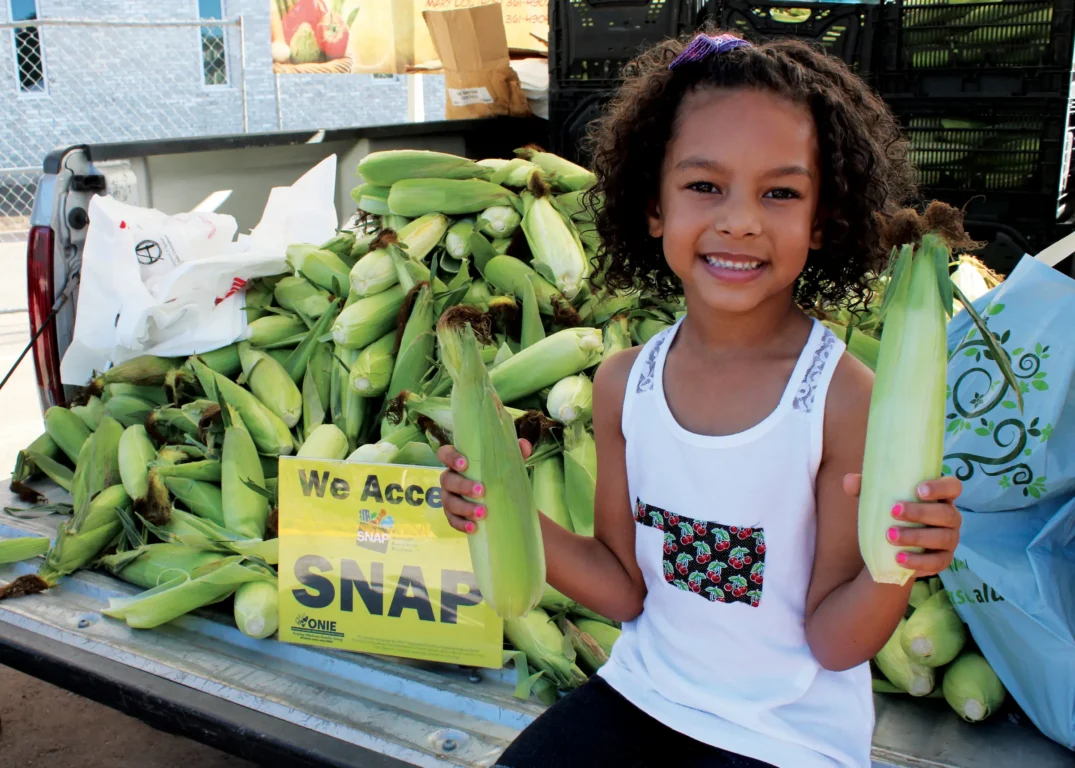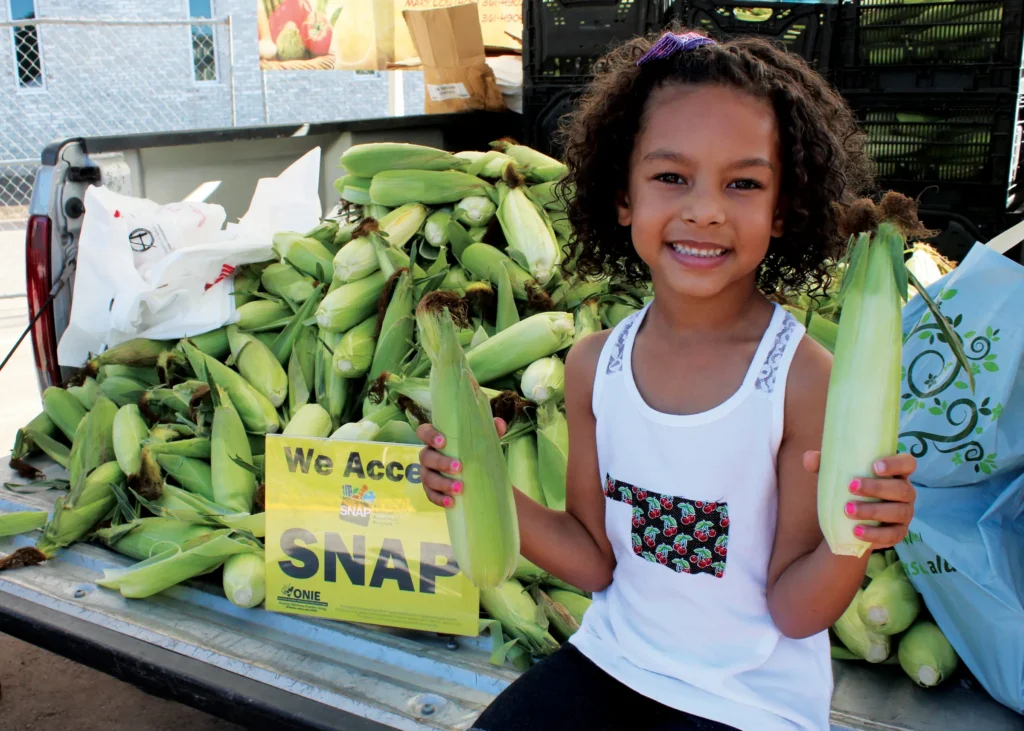I will never forget when I brought a carton of strawberries on a camping trip. I handed a few to each of my friends, and a couple minutes later I pointed out the trash bag I brought for them to throw away the strawberry tops I had forgotten to cut off. One of my friends looked at me, seemingly embarrassed.
“I already ate it,” he said.
My jaw dropped, but I recovered quickly. I didn’t even know the green tops of strawberries were edible. I had just assumed they weren’t, and I always ate around them or cut them off to throw away.
Did you know that ⅓ of produce’s edible parts are either wasted or lost? That amounts to 1.3 billion tons of perfectly good food per year in the landfill, making food waste a major public health issue.
$161 billion dollars a year are lost through food waste in the US alone. That means your grocery bill may be the first place to look if you are trying to save money – which means getting creative in the kitchen.
What is Root to Stem Cooking?
Have you ever thrown away carrot tops, broccoli stems, or potato peels? You’re not alone! What some people consider scraps are arguably the best part of the vegetable – packed with fiber, vitamins, minerals, and flavor!
Root-to-stem cooking is a newer movement that aims to decrease food waste through using every part of the vegetable (from root to stem). It is an easy way to get the most out of your groceries, reduce food waste, and save money.
Let’s explore how you can turn veggie scraps into tasty, budget-friendly meals using low-waste cooking techniques!

Why Root-to-Stem Cooking Matters
Learning root-to-stem cooking techniques is beneficial for:
- Saving Money – the more you get out of your vegetables, the more meals you make out of the same amount of groceries.
- Reducing Food Waste – Root-to-stem cooking keeps food out of the trash and on our plates – where it belongs!
- Living a Healthy Lifestyle – many veggie scraps (like beet greens and carrot tops) are loaded with vitamins, minerals, and fiber.
How to Use Every Part of Your Veggies
Societal norms influence what parts of vegetables we traditionally eat and trash. For example, vegetables like carrots or beets are considered “root vegetables” and it is normalized to eat the roots and trash the leaves. On the other hand, spinach and kale are considered “leafy greens” and it is normalized to trash the roots and eat the leaves.
And of course, we can’t forget produce like tomatoes or strawberries, where we eat the fruit and discard the stems… but we eat the stems and discard the leaves of celery and asparagus!
Do you see my point?
Though it’s normalized to eat only one of the 5 parts of any given vegetable (the root, stem, leaves, fruit, and seeds), usually all of them are edible. We will discuss how to use each part in the tips below!
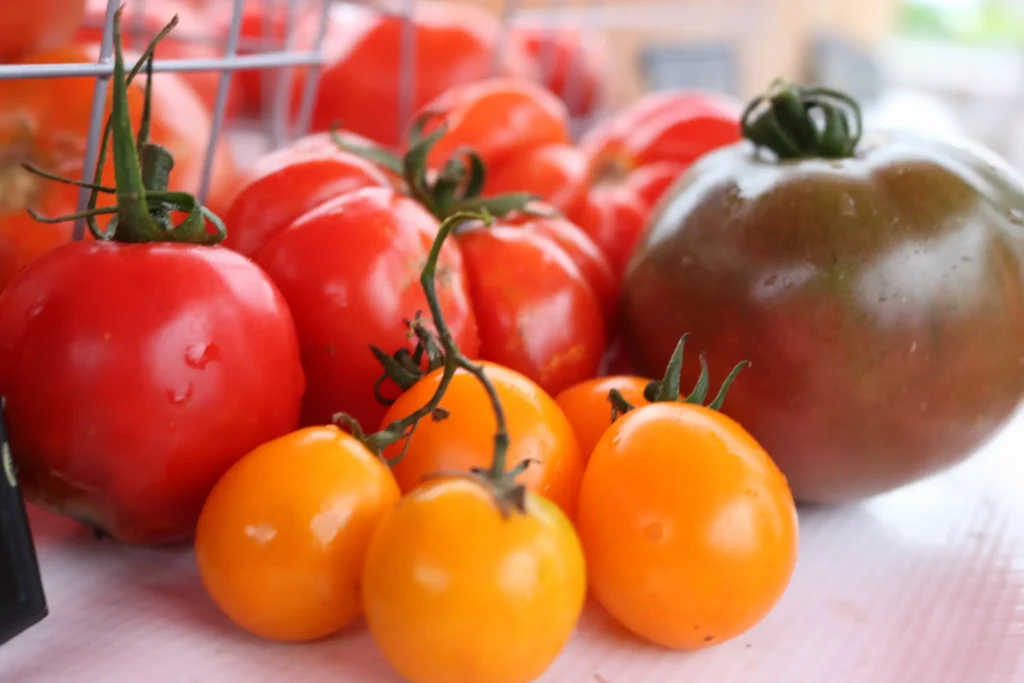
Use Vegetable Scraps for Broth
How often do you purchase broth from the store? Although it is an affordable ingredient, the costs can add up over time!
You can easily make your own vegetable broth at home for free using any and every veggie scrap you already have on hand. Save onion skins, carrot shreds, celery leaves, garlic scraps, and any herbs that need to be used up. Add all of your scraps to a freezer bag, and when it’s full, simply boil the contents with water to make a nutritious, flavorful homemade vegetable stock!
The best part is that you can freeze the finished broth in 1-2 cup portions to pull out whenever you need it!
Leafy Tops

Many veggies have leafy greens that taste just as good as the root. Examples include carrots, beets, radishes, and celery.
Try these ideas to use your leafy tops:
- Make a pesto – Carrot tops are one of my favorite ingredients in root-to-stem cooking. They can mimic the herby flavor of parsley, and they make a delicious pesto!
- Sauté as a side – Add a splash of olive oil and some seasonings, and then sauté the tops as a side dish to pair with dinner.
- Chop into salads – If you don’t feel like cooking the leafy tops, simply dice and add to salads as a garnish.
If you have extra leafy tops or herbs on hand, create this easy homemade chimichurri sauce! Although the recipe calls for herbs, you can make it out of other greens such as carrot or beet tops!
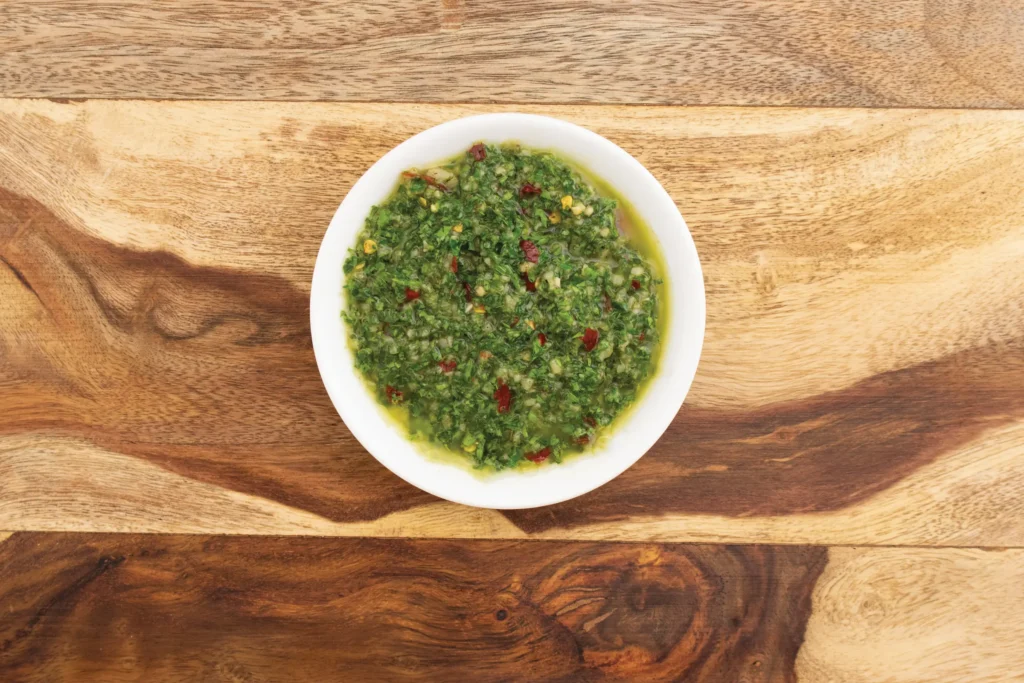
Stems and Stalks
The stalks of most veggies (including broccoli, cauliflower, kale, and collard greens) are totally edible – and delicious! Instead of throwing them in the trash, try these ideas:
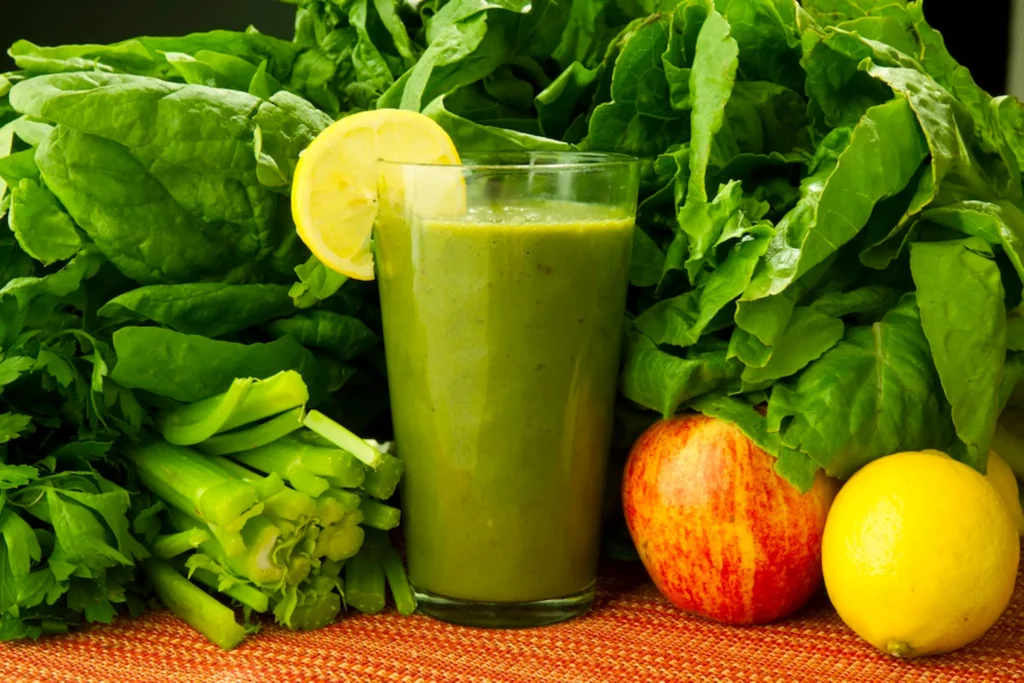
- Throw into a smoothie.
- Make a veggie rice by doing a rough chop of the stems of broccoli or cauliflower (use a blender to make the process even easier).
- Make homemade veggie broth.
- Add to scrambled eggs or casserole dishes.
- Slice and add to soups or salads.
- Roast and serve with a dip, such as this 5 minute homemade chipotle mayo recipe!
Peels
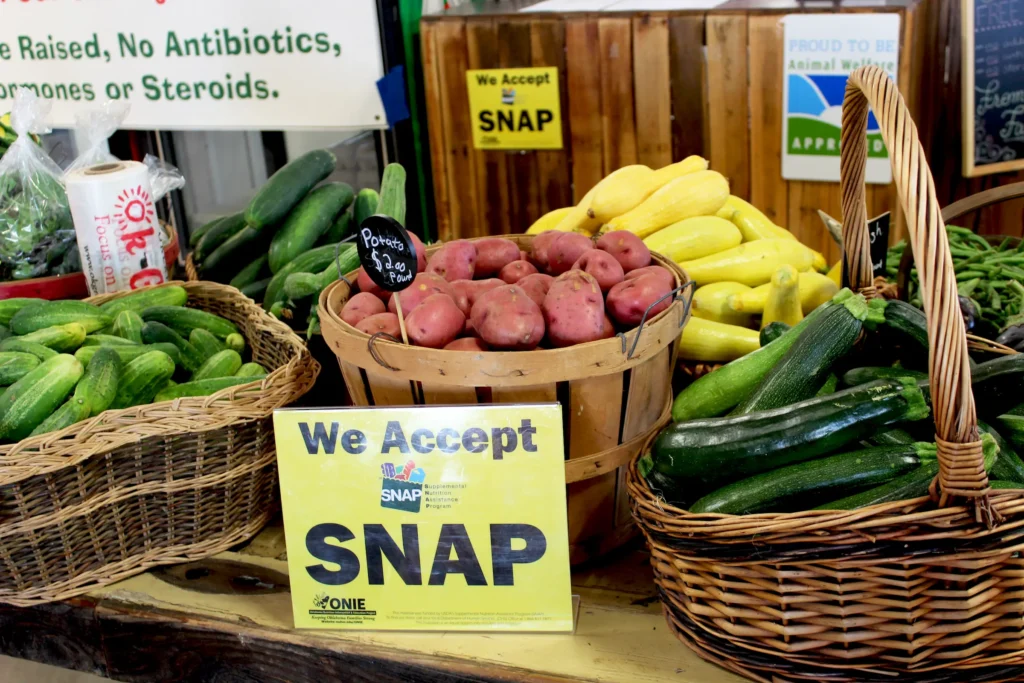
Most people cannot explain why it is so common to discard the peels of carrots, potatoes, cucumbers, and other fruits and vegetables.
The high-fiber peels are often the healthiest part of the vegetable! Considering this, you might want to leave them on (which also saves time).
If you still want to peel your veggies, try these zero-waste recipes for your peels instead:
- Potato skins – Bake into chips or leave them on (especially for mashed potatoes) to add texture. This includes sweet potato peels!
- Carrot peels – Roast for a crunchy snack, add to homemade veggie broth, or toss into a stir fry. You can also top a salad with carrot peels, or sauté with garlic and olive oil to serve as a side!
- Cucumber peels – just like carrot peels, you can use these shreds as a topping for salads or an easy addition to a stir fry. You can also make a quick Mediterranean tzatziki sauce or add them to water for a bit of flavor!
Seeds
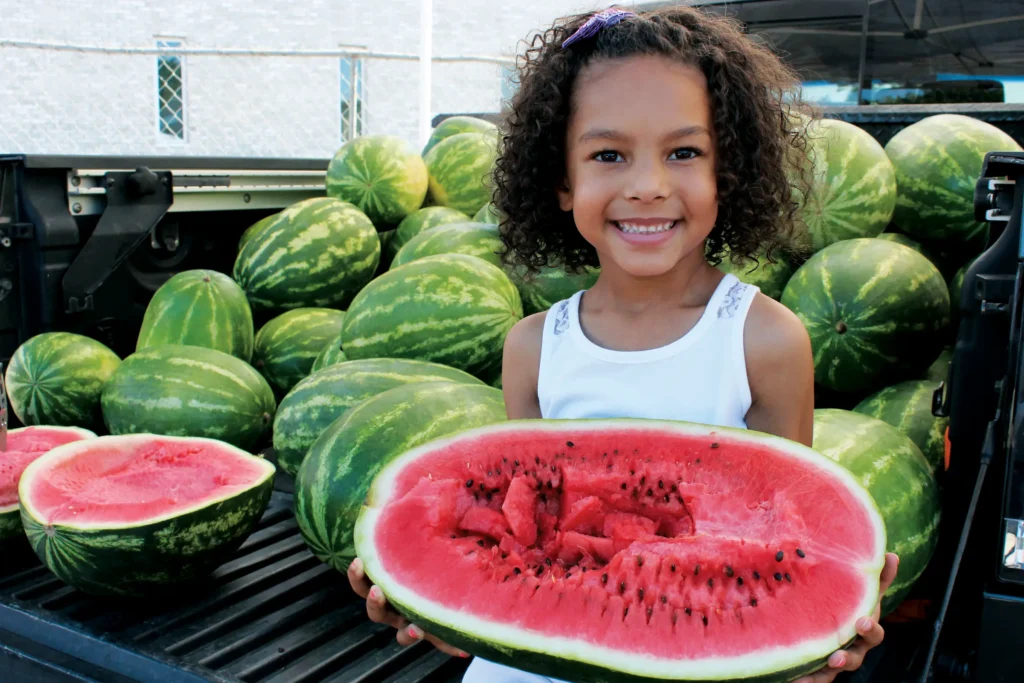
Most of us have heard of roasted pumpkin seeds in the fall, but that isn’t the only veggie with edible seeds!
- Squash seeds – Roast with salt for a healthy snack, just like pumpkin seeds!
- Watermelon seeds – Contrary to popular belief, watermelons will not grow in your stomach if you eat the seeds… did anyone else’s mom tell them that? Just me? Watermelon seeds are nutrition powerhouses packed with magnesium and iron. To reap the benefits, toast them and add to salads, oatmeal, or yogurt.
- Tomato seeds – Either leave in your recipe (no need to deseed) or add to soups, sauces, or broth.
- Bell pepper seeds – Save in the freezer to add to your homemade vegetable broth!
Easy Zero-Waste Recipes
Want to put these ideas into action? Try our simple, low-waste cooking recipes below:
Garlic Radish Greens Pesto

This radish greens pesto is a great example of root-to-stem cooking. It utilizes both the radishes and their leafy tops, which are often discarded. Additionally, it’s a great way to use up any extra fresh herbs sitting in the back of your fridge!
Get creative with this recipe! Substitute radish greens with carrot tops, and cilantro with basil if you have those ingredients in your fridge.
Low-waste cooking encourages flexibility and creativity by utilizing what you already have on hand. Use these recipes with that idea in mind!
Broccoli Cheddar Soup
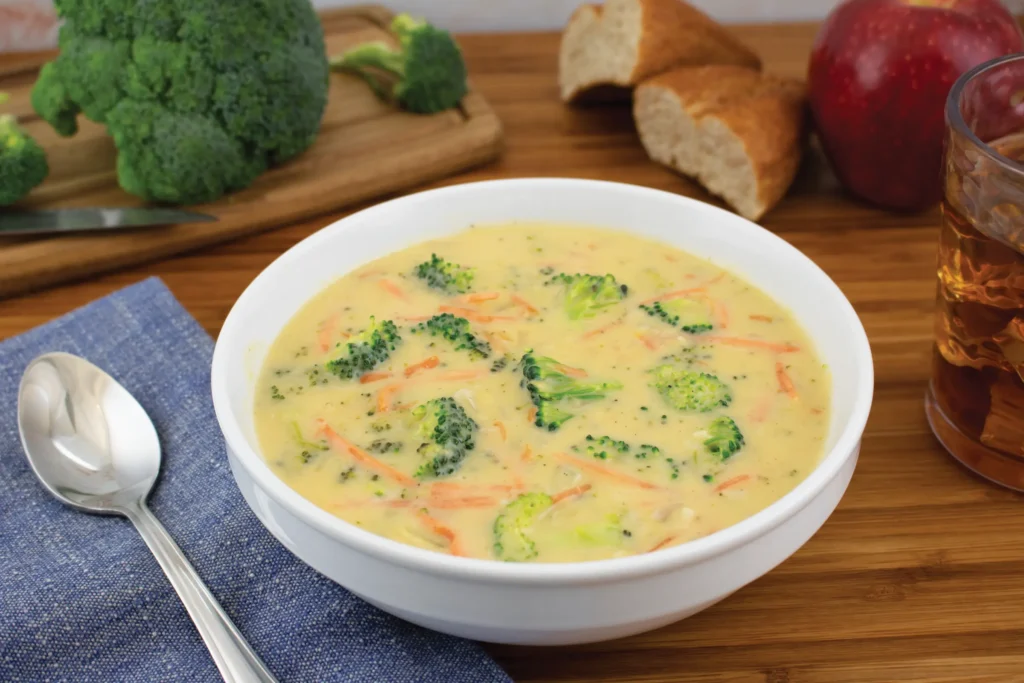
This is the perfect one-pot recipe to throw together with whatever you have on hand.
Some potential low-waste swaps include:
- Using carrot peels rather than shredded carrots.
- Including the broccoli stems in the recipe
- Substituting the chicken broth with a homemade veggie broth created out of previous veggie scraps.
- If you have any extra vegetables that need to be used (celery, leeks, cauliflower, zucchini, potatoes, etc) throw them in!
- To create a fiber-rich soup with a creamier texture, boil extra russet potatoes and blend them (skin on!) as an addition to the sauce.
Cauliflower Mashed Potatoes
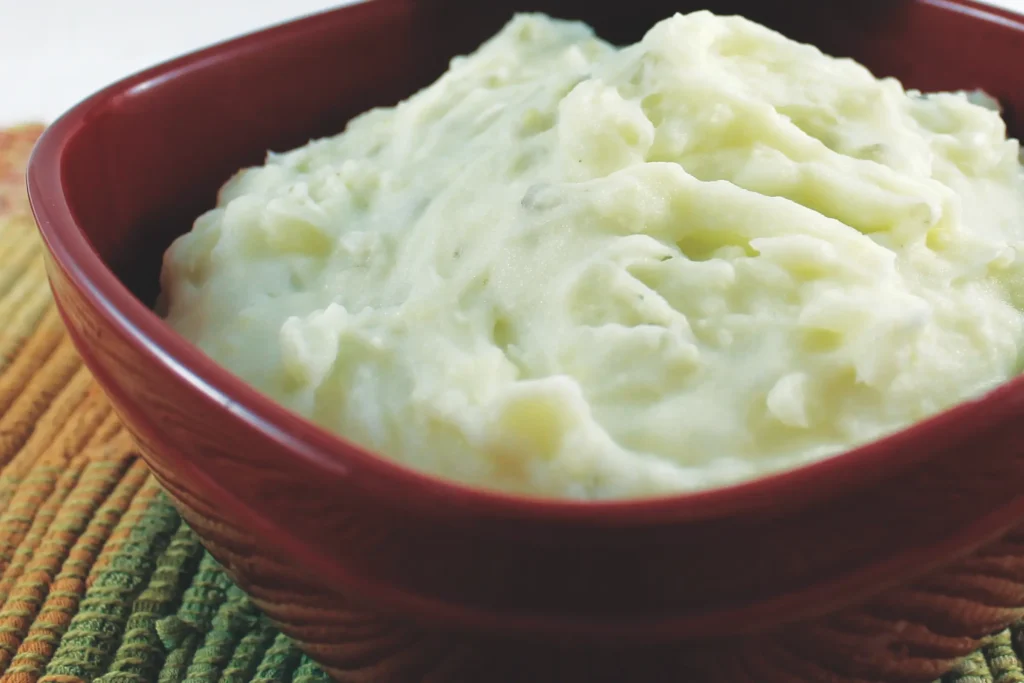
Blend extra cauliflower stems into your mashed potatoes! Leave skins on the russet potatoes for added fiber and color, or peel them to make potato skin chips.
Parmesan Zucchini Squash Fries
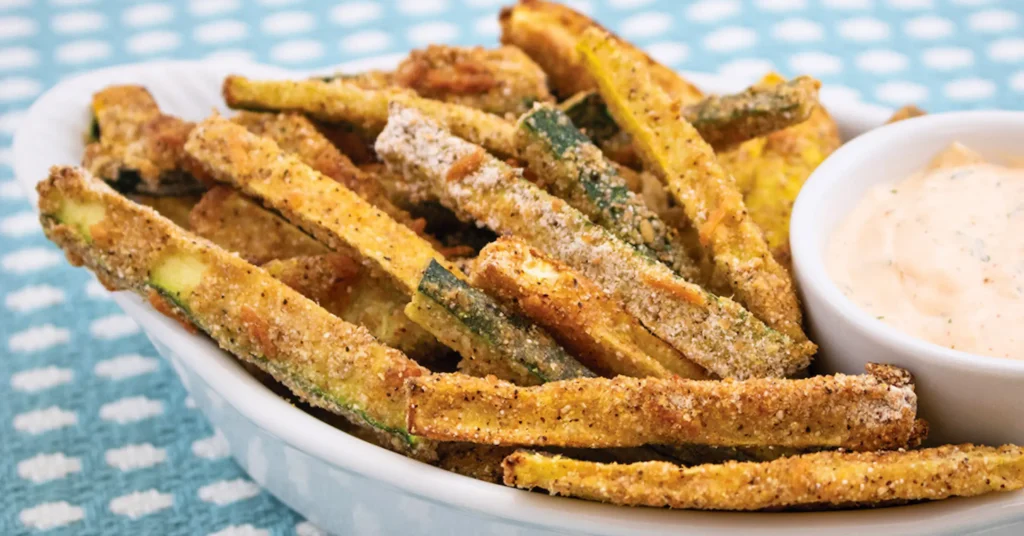
Keep the peels on the zucchini and squash, season them to preference, and then bake in the oven or air fryer. It’s that simple! This is a great recipe for vegetables nearing the end of their shelf life. You can also use the same blend of seasonings on sliced sweet potatoes, carrots, or even eggplant!
Conclusion
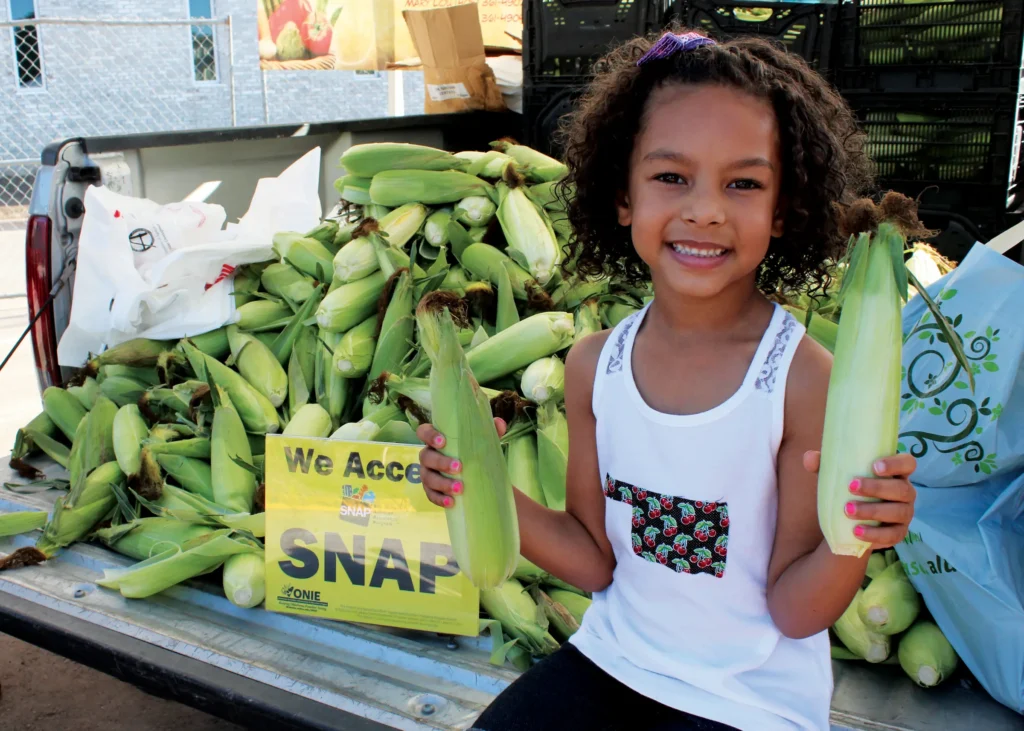
With just a few simple swaps, you can turn veggie scraps into delicious meals, save money, and reduce food waste.
Try using root-to-stem cooking in your next meal, and let us know how it goes!

